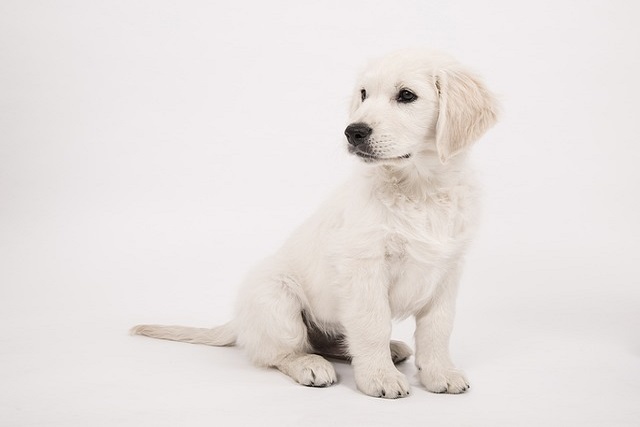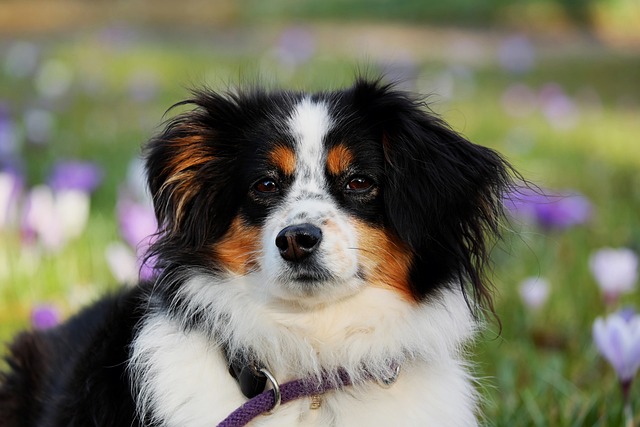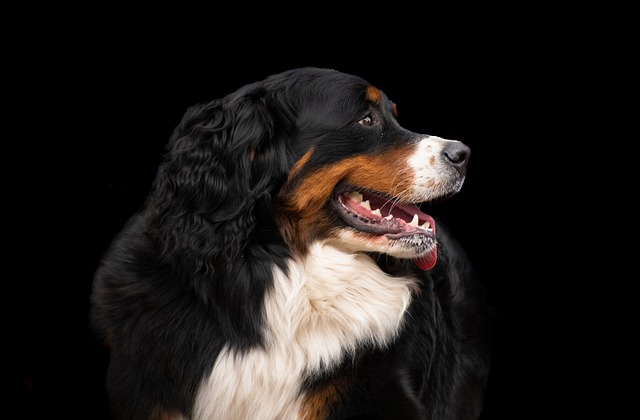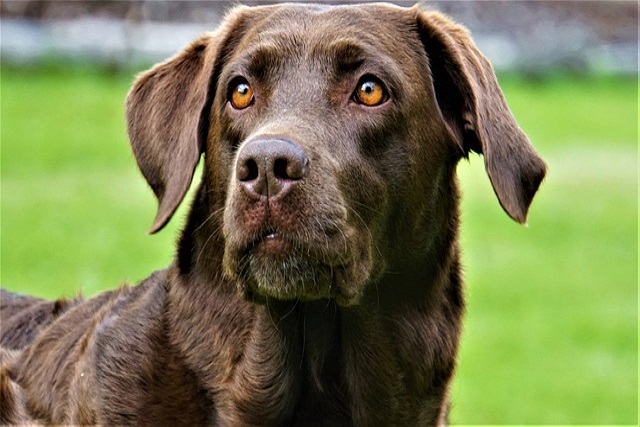
Do vets recommend sunscreen for dogs
In the sun - soaked backyards of California, the sandy beaches of Australia, and the picturesque parks across Europe, dogs frolic under the open sky.
Picture your dog lounging belly-up in the backyard or trotting alongside you on a coastal hike – that sunshine feels glorious, but those same UV rays damaging your skin are harming your furry friend too. While dogs sport built-in fur coats, sun protection isn’t optional; it’s essential healthcare, especially for pale-nosed, short-haired, or hairless breeds. Across sunny California beaches, Mediterranean resorts, and even deceptively mild UK parks, responsible owners are learning that preventing painful sunburns and skin cancer starts with smart, dog-specific strategies. And yes, this aligns tightly with animal welfare laws like the UK’s Animal Welfare Act, which explicitly requires shielding pets from "pain, injury, and disease" – including preventable UV damage.
First, ditch human sunscreen. Many contain zinc oxide or para-aminobenzoic acid (PABA) – highly toxic if licked off. The gold standard is pet-specific sunscreen (SPF 15-30+) labeled "non-toxic," "zinc-free," and "fragrance-free." Key application zones? The nose bridge, ear tips, belly, groin, and any thinly furred or pink-skinned areas. For hairless breeds like Xolos or short-haired pups (Dalmations, Boxers, Whippets), full-body coverage is non-negotiable. Opt for stick formulas for noses and lotions for bellies, massaging gently to prevent ingestion. EU-made products often carry COSMOS organic certification, while US brands should meet FDA GRAS (Generally Recognized As Safe) standards. Reapply every 4-6 hours or after swimming.
But sunscreen alone isn’t enough. UPF-rated sun gear is game-changing: lightweight, breathable shirts or bodysuits with UPF 50+ protection shield vulnerable torsos without overheating. Brands like Ruffwear or RC Pets offer quick-dry fabrics perfect for beach trips or boating. For sensitive noses? Dog-safe nose balms with non-nano zinc create a physical barrier. Don’t forget eyes: UV-protective goggles (like Doggles) guard against corneal burns in snow, water, or high-altitude hikes.

Timing and shade are your zero-cost allies. Walk early morning or late afternoon, avoiding 10 AM–4 PM peak UV. Create deep shade outdoors using canopies (not just trees – UV penetrates foliage). Indoors? Move beds away from sun-drenched windows. For pavement safety, test surfaces with your palm: if it’s too hot for 7 seconds, it burns paws. Paw wax (Musher’s Secret) adds a heat-protective layer.
Know the red flags: sunburn symptoms include red/purple skin, blisters, flaking, or excessive licking. Squamous cell carcinoma often starts as crusty sores on ears/noses. Immediate care? Cool compresses and vet-preserved aloe gel – never human after-sun lotions containing lidocaine (toxic if ingested). Prevention isn’t seasonal; winter snow reflects 80% of UV, and high-elevation hikes intensify exposure.
Ultimately, the "best" protection is layered: toxic-free sunscreen + UPF gear + smart timing. It respects your dog’s biology, regional climates from Arizona deserts to Alpine trails, and legal duties to prevent suffering. Because a day under the sun should leave your pup with nothing but happy memories – and zero burns.

In the sun - soaked backyards of California, the sandy beaches of Australia, and the picturesque parks across Europe, dogs frolic under the open sky.

Picture your dog lounging belly-up in the backyard or trotting alongside you on a coastal hike – that sunshine feels glorious

If you’ve ever found yourself staring at your dog’s nails, clippers in hand, and wondering whether to clip them wet or dry, you’re not alone.

If you share your home with a Labrador Retriever, you’re likely no stranger to fur-coated floors, tumbleweeds of undercoat drifting across your kitchen

Ever come home feeling like the weight of the world’s on your shoulders, only to have a furry ball of excitement greet you at the door? That’s just the start of how dogs work their magic on our mental health.

Picture this: it’s bath time for your pup, and you’re fresh out of dog shampoo. As you reach for your own coconut-scented shower gel